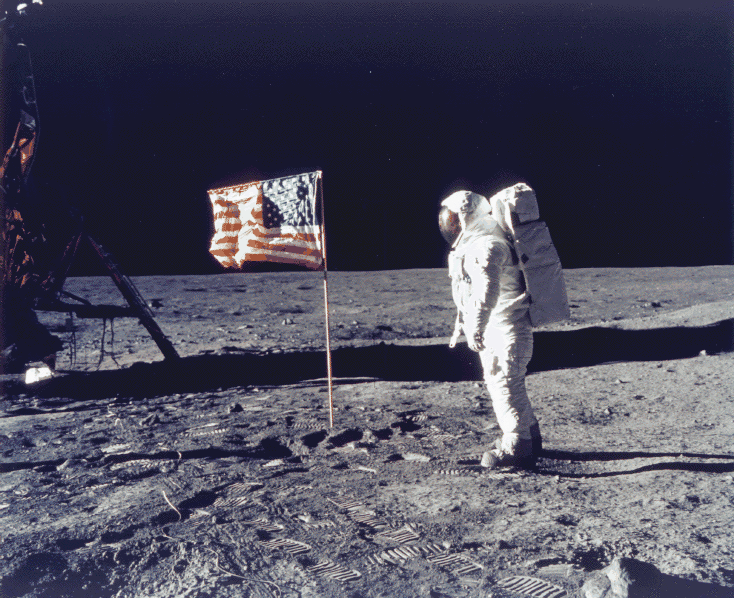labbats
Zulu who?
- Joined
- May 25, 2003
- Posts
- 2,593
Follow along with the video below to see how to install our site as a web app on your home screen.
Note: This feature may not be available in some browsers.
We had ramjets (D-21s) flying from SR71s (Launched at 3.2M) and B52s in 1963-1964.EagleRJ said:The X43 was the first successful flight test of an air-breathing vehicle capable of reaching those kinds of speeds.
labbats said:Let's not forget that we have come a long way from the SR-71. We just don't know it publicly due to the secrecy of Skunk and Phantom works.

we would have no NASA and would never have gone to the moon.
Dizel8 said:...the Beech is rather limited in perfomance and aerobatics IIRC.
Seems a few of them got spanked for hotdogging around airliners a few years ago too. Commuting with a T-38? Must be nice.As far as the astronauts arriving in FL from all over the country, well, I suppose that is pretty wise, since they live all over the country and it affords them a bit more flexibility, not to mention, that they often fly around doing speeches, visiting facilities and doing training.
...not sure having 3 74's is overkill.
Hypersonic? No.......Dead Horse? YesThey assisted ...the "new" Wright Flyer etc. with data and research.